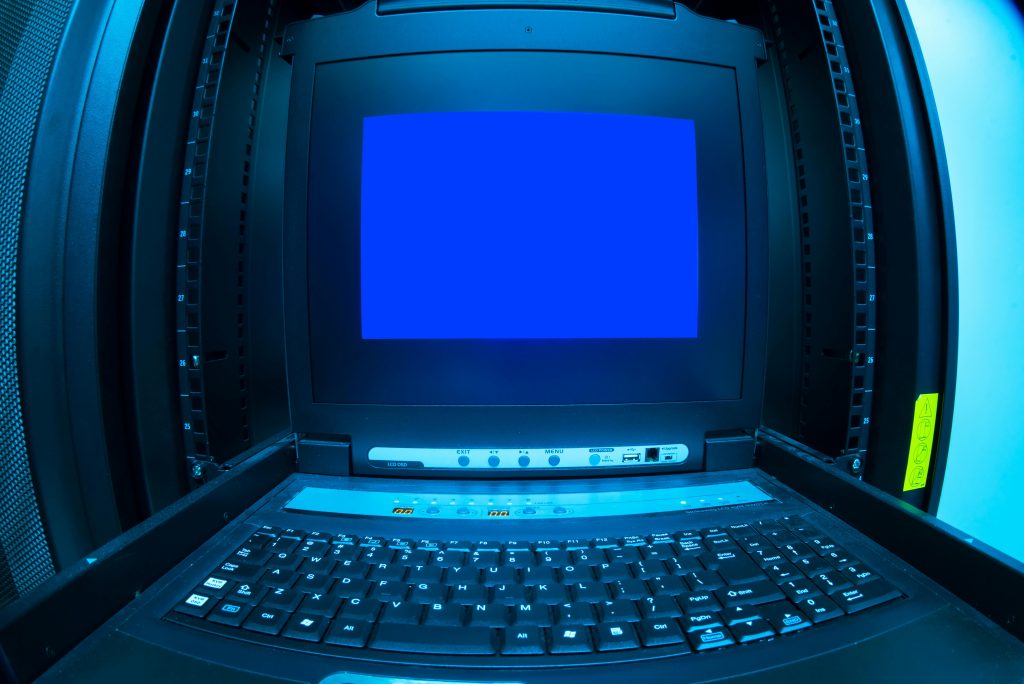Troubleshooting Disk Space Issues: When Deleted Files Seem to Reappear
Are you finding yourself in a frustrating situation where a file you thought you deleted is still consuming space on your C drive? You’re certainly not alone. A recent incident with a large download illustrates this common problem and provides helpful insights for resolving it.
While attempting to download a large file using Microsoft Edge, I encountered an error message indicating that the download could not be completed due to insufficient space on my C drive. Alarmed, I promptly halted the download, navigating to my Downloads folder to locate the culprit. There it was—a sizable file, around 8GB, which was alarmingly close to the total remaining space on my drive.
In an effort to reclaim storage, I clicked the delete button, only to be met with disappointment as the file seemingly vanished from my view. Out of caution, I checked my Recycle Bin and even emptied it to ensure complete removal, yet I discovered that the space on my C drive remained occupied.
To make matters worse, when I attempted to change the download location in Edge to my D drive, it defaulted back to the C drive, adding to my confusion.
This incident highlights a few essential steps to ensure that you effectively manage space on your drive and troubleshoot similar issues:
-
Check Hidden Files: Sometimes, files remain on your disk even after deletion. Use file management tools to check for hidden items that might still be consuming space.
-
Disk Cleanup: Utilize the Disk Cleanup utility in Windows. This tool can help identify and remove unnecessary files and system caches that may be using up storage.
-
Third-Party Software: Consider using disk space analyzers that visually represent file usage across your drives. These can help you identify large files or folders occupying space that may not be immediately apparent.
-
Browser Settings: If you’re having difficulty redirecting downloads, revisit your browser’s settings to ensure that the changes have been applied properly.
-
Reboot Your System: A simple restart can sometimes clear up temporary files and free up space.
Navigating storage issues can be incredibly cumbersome, but with a few strategic steps, you can regain control over your disk space and optimize your system’s performance. Always ensure to double-check after deleting files, and regularly maintain your drives to prevent accumulation of unwanted data. Happy computing!
Share this content:



